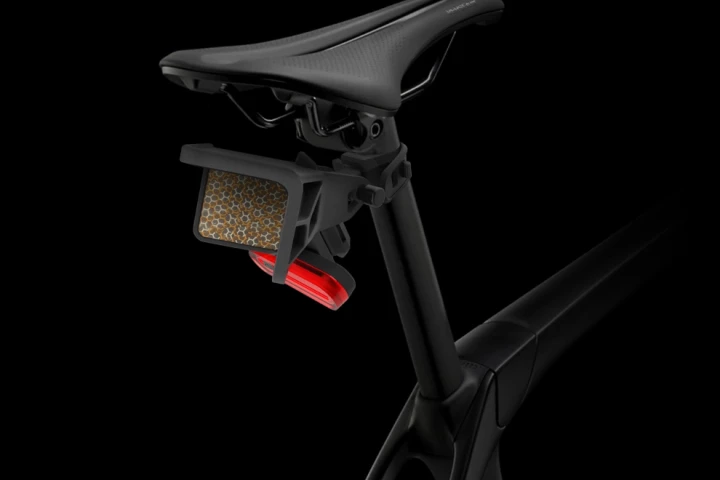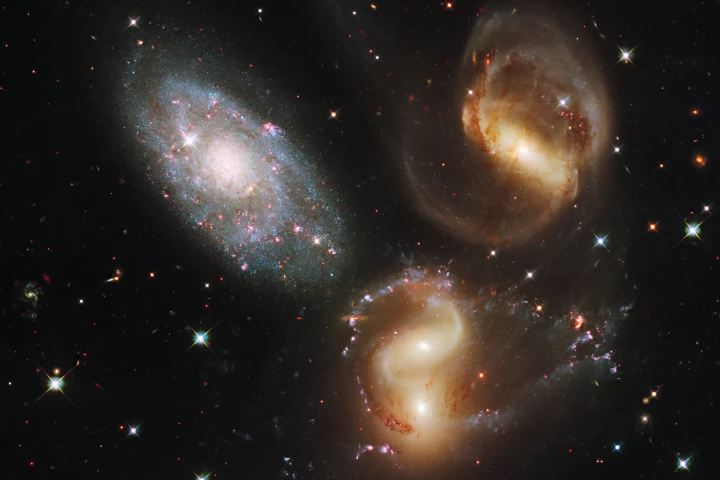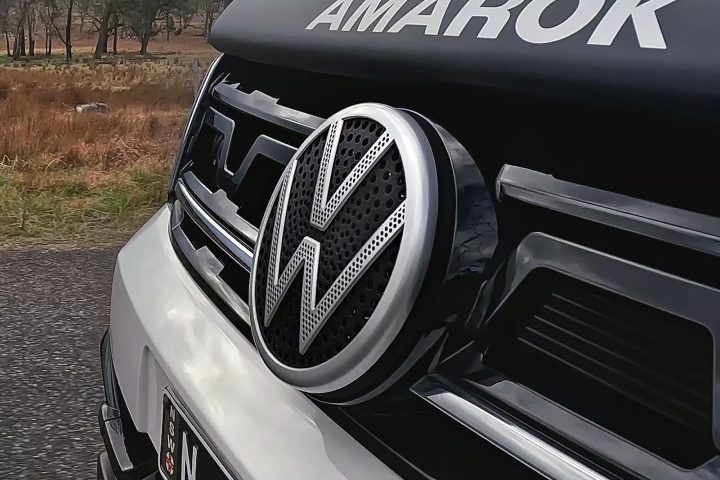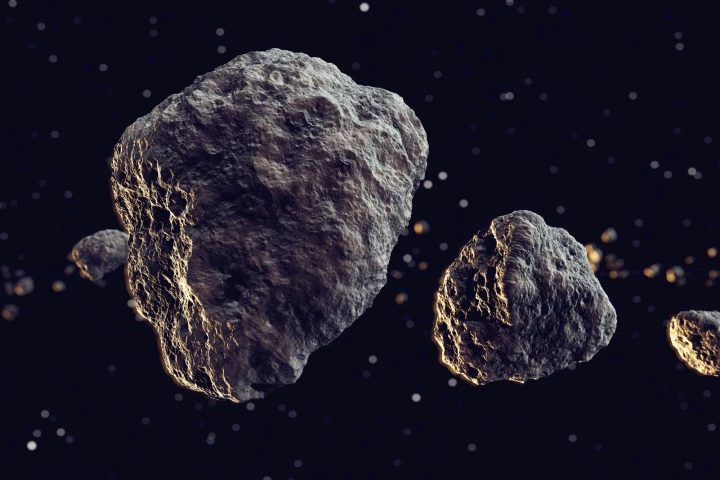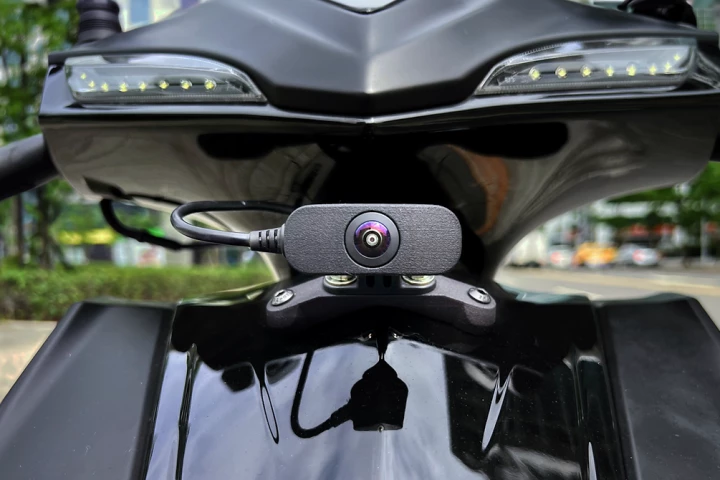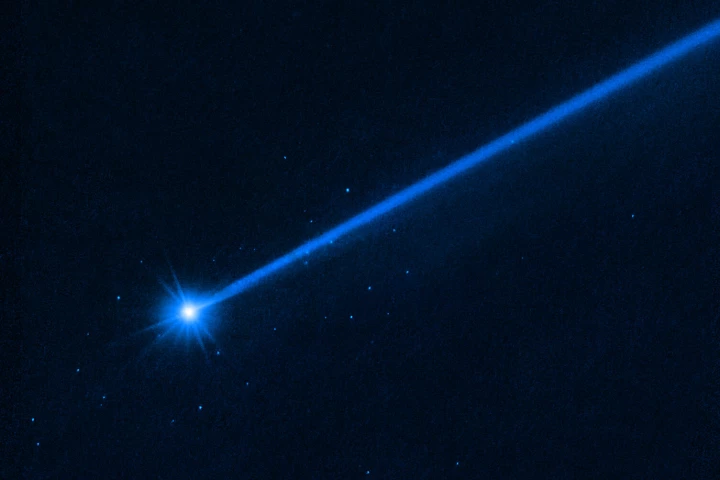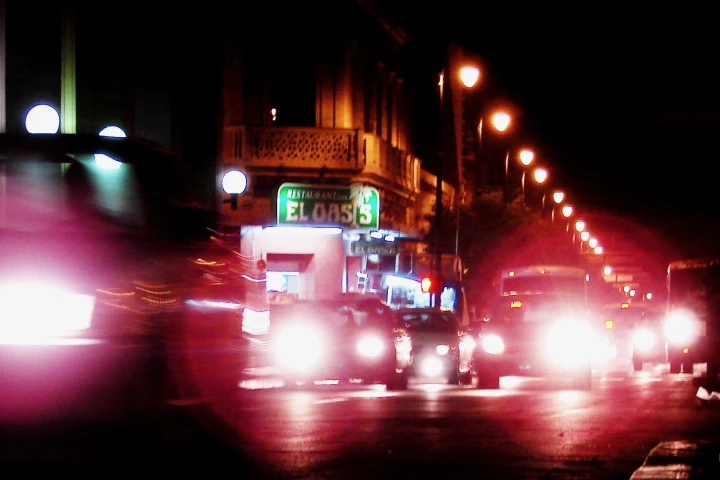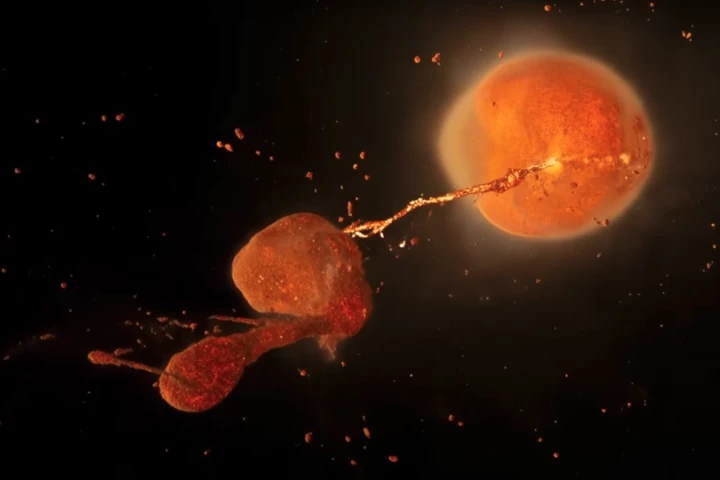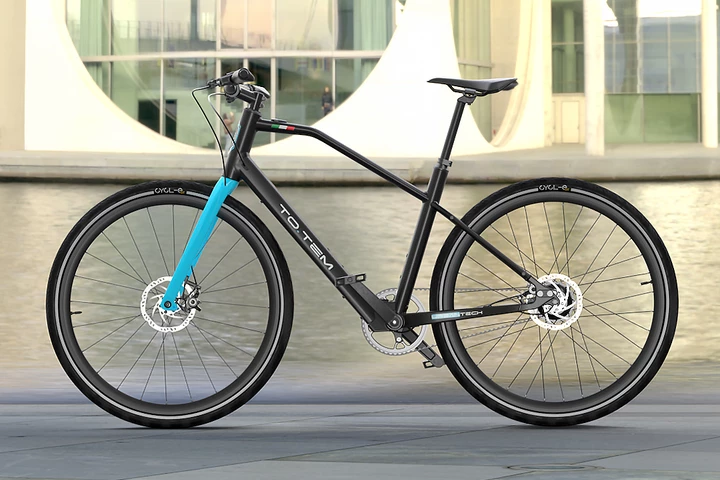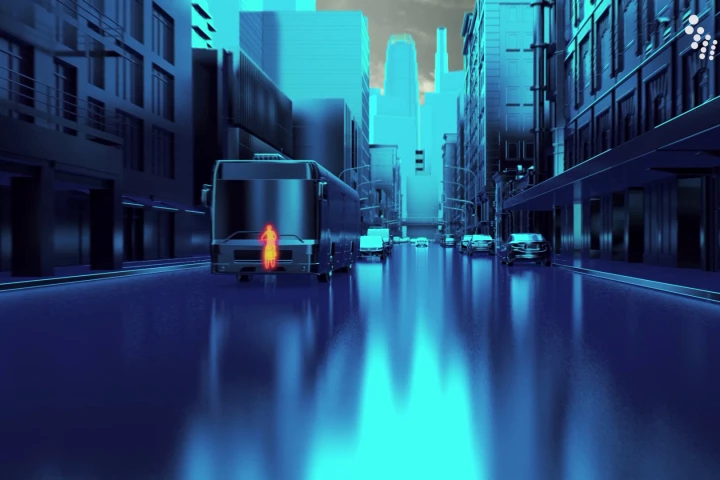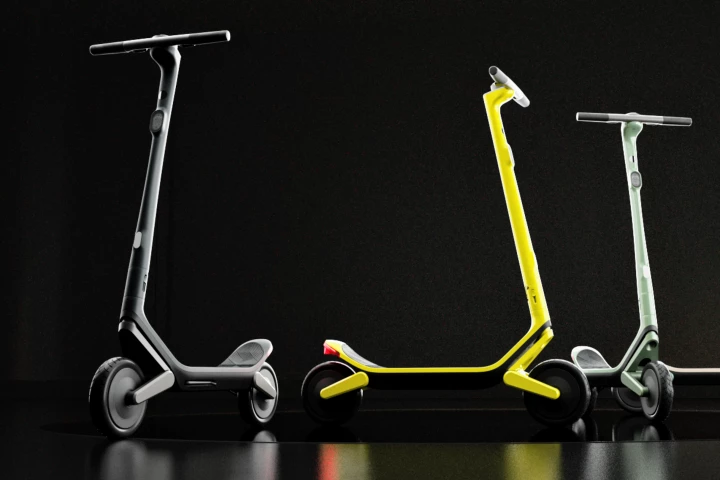Collision
-
While in-vehicle collision avoidance systems may be good at detecting big targets like automobiles, they're not as adept at detecting bicycles. Radian's Wingman was designed to address that problem, by boosting bikes' radar and LiDAR visibility.
-
Astronomers have clocked a cosmic collision at 3.2 million km/h (2 million mph). A new instrument has spotted a galaxy crashing through a group of others at incredible speeds, creating a shock wave that’s changing the region completely.
-
Volkswagen has announced the development of RooBadge, which emits species-specific sounds to drive away kangaroos and reduce the risk of animal collisions on Australian roads. There are plans to adapt the device to deter other wildlife worldwide.
-
In 2029, a large asteroid will whizz past Earth so close it’ll be visible to the naked eye. But could collisions with other asteroids bounce it off-course into us? To find out, astronomers have now crunched the paths of 1.3 million known asteroids.
-
Although collision warning systems have become quite common on cars, we definitely don't see them much on ebikes or mopeds. That will soon change, though, when the AI-based Roadio system is rolled out next year.
-
After focussing on an asteroid that was struck in 2022 by a half-tonne NASA robotic probe traveling over seven times faster than a bullet, the Hubble Space Telescope has detected a swarm of 37 boulders that were dislodged by the impact.
-
Self-driving cars typically use radar or LiDAR technology to avoid collisions with other vehicles. Scientists have now created a much simpler insect-inspired system that could serve the same purpose more efficiently – at night, that is.
-
Astronomers have discovered three new near-Earth asteroids, including the closest known to the Sun. Another is one of the largest known asteroids considered potentially hazardous to Earth, measuring almost a mile wide with an orbit close to our own.
-
It’s believed that the Moon formed billions of years ago, from debris from a cosmic collision with Earth. New high-resolution simulations not only illustrate the idea in stunning detail, but reveal that the Moon’s birth might have taken mere hours.
-
Amongst the risks faced by urban cyclists is the possibility of being struck from behind by an automobile. The Cobra ebike is designed to reduce that risk, with a rearview camera system that warns of impending impacts.
-
While there are now systems that allow cars to see obstacles which their drivers may not notice, such setups still can't detect hazards that aren't in direct line of sight. New tech, however, uses other vehicles and roadside cameras to do that job.
-
Oakland-based electric mobility firm Unagi has teamed up with acclaimed industrial designer Yves Behar for a smooth-looking, full-suspension e-kickscoot with AI smarts that warn riders of possible collisions with people or objects.
Load More
